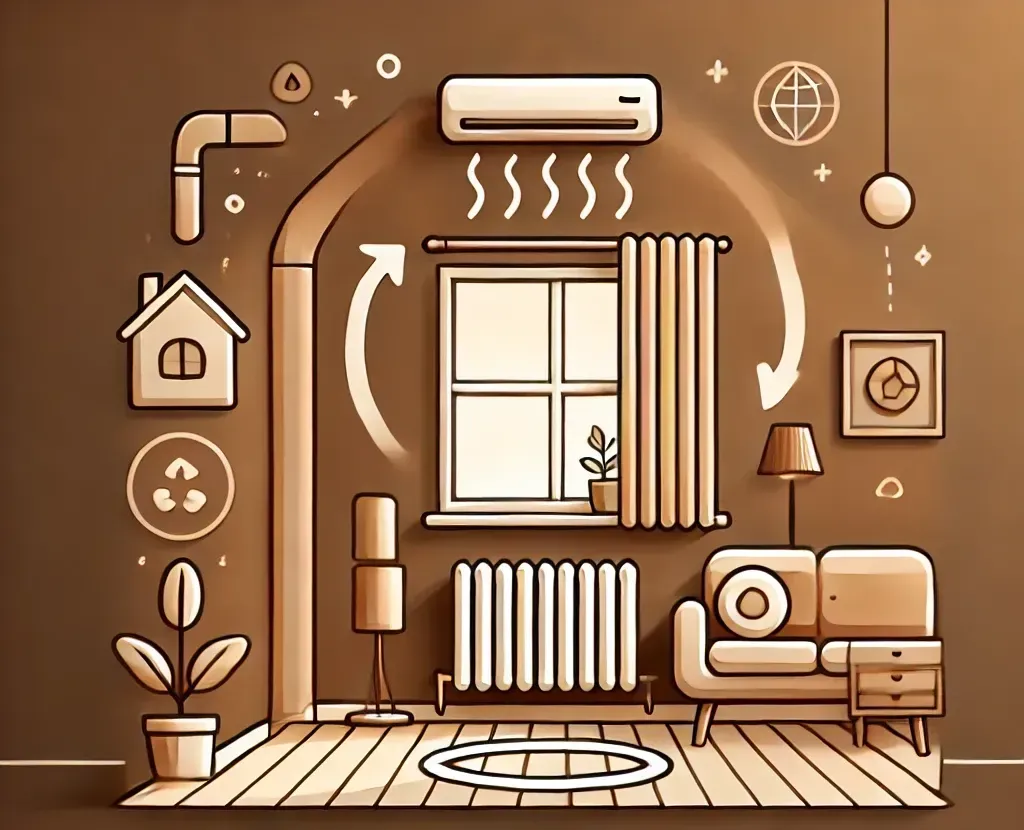Mold takes a break – How to ventilate and heat properly!
With proper heating and ventilation, you not only ensure a pleasant indoor climate, but also prevent the formation of mold. Ventilation in short bursts instead of constant ventilation and a consistent room temperature keep your home in the best condition.


Why does mold form?
Mold feels particularly comfortable on cool, damp walls.
There it settles and spreads, recognizable by dark spots.
This moisture on the walls usually does not come from outside, but from the air in the room.
When warm, humid air hits a cold wall, water condenses and creates an ideal breeding ground for mold.
Humid air must escape
Humidity is created in every home – whether through breathing, sleeping, cooking or showering.
To prevent moisture from accumulating, the room must be ventilated regularly.
Ventilation in the bathroom and kitchen is particularly important.
Therefore, the fan filters should always be cleaned/changed every few months.
Keep the humidity in the rooms between 50 and 55 percent.
Shock ventilation ensures rapid air exchange and prevents moisture from getting stuck in the walls.


Proper ventilation – How to do it
Ventilate several times a day for 3-5 minutes by opening it wide. This is called shock ventilation.
Tilted windows are not enough. Humid air stays in the room and the walls cool down. So don't tilt them!

Heating correctly – simply explained
All rooms heat and maintain the temperature between 16 and 20 degrees depending on usage.
Set the heating to at least level 2, even in rooms that are rarely used.
Close doors to cooler rooms. This keeps the warm, moist air outside and prevents mold from growing.
Even heating saves energy and protects against mold.
Leave space – this is how the mold stays away
Leave about 10 cm of space between furniture and external walls to allow better air circulation.
Do not place furniture in front of radiators and avoid long curtains that block the heat.
With the right furniture placement you promote air circulation and prevent mold growth.



